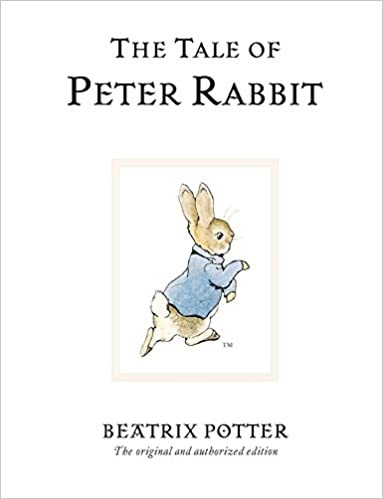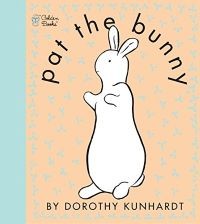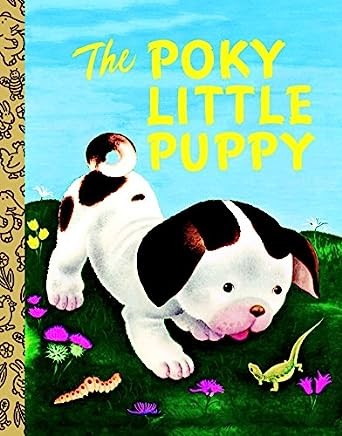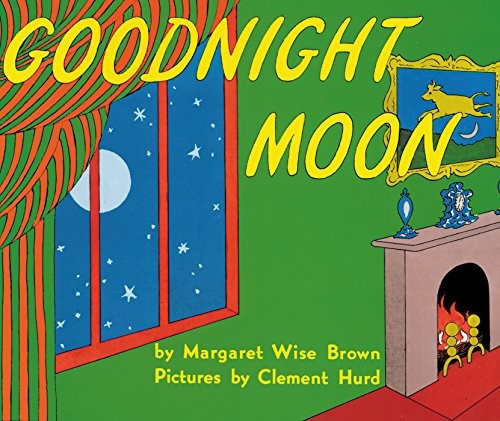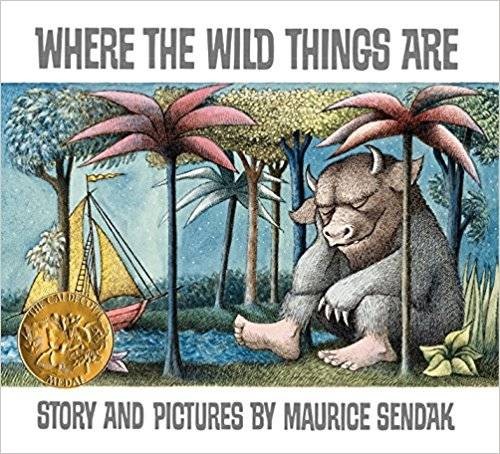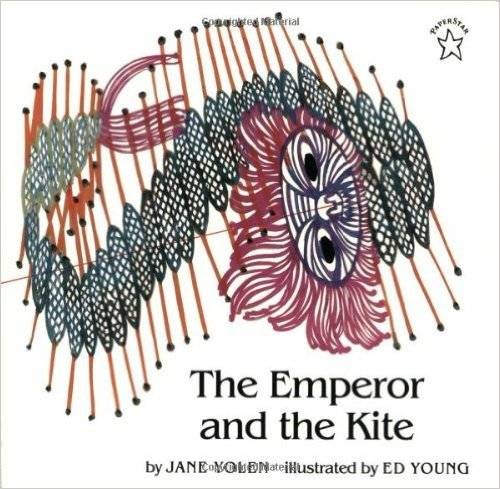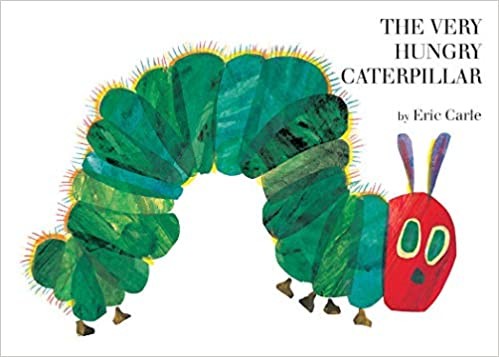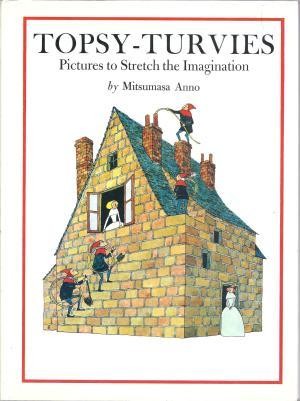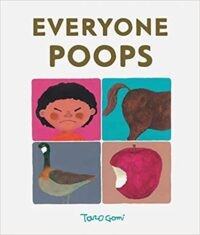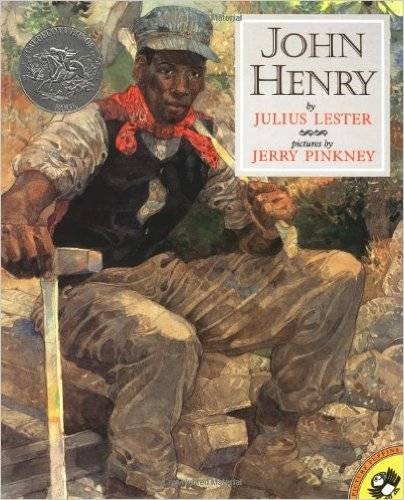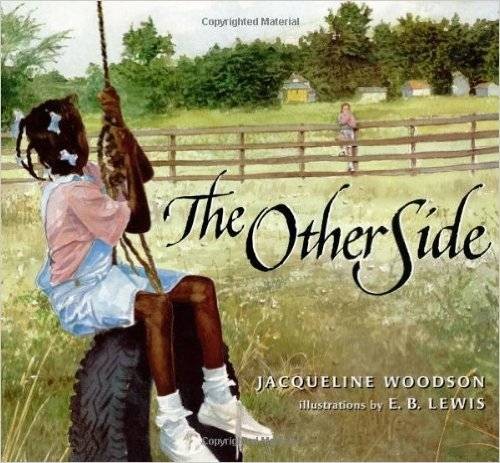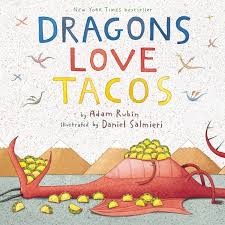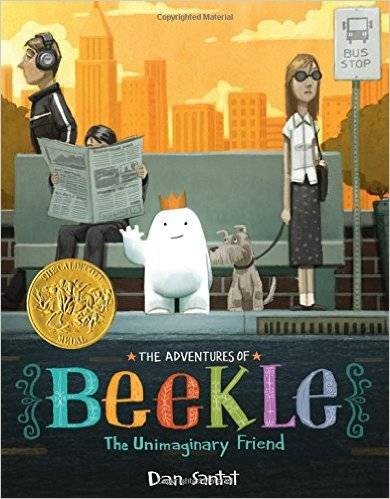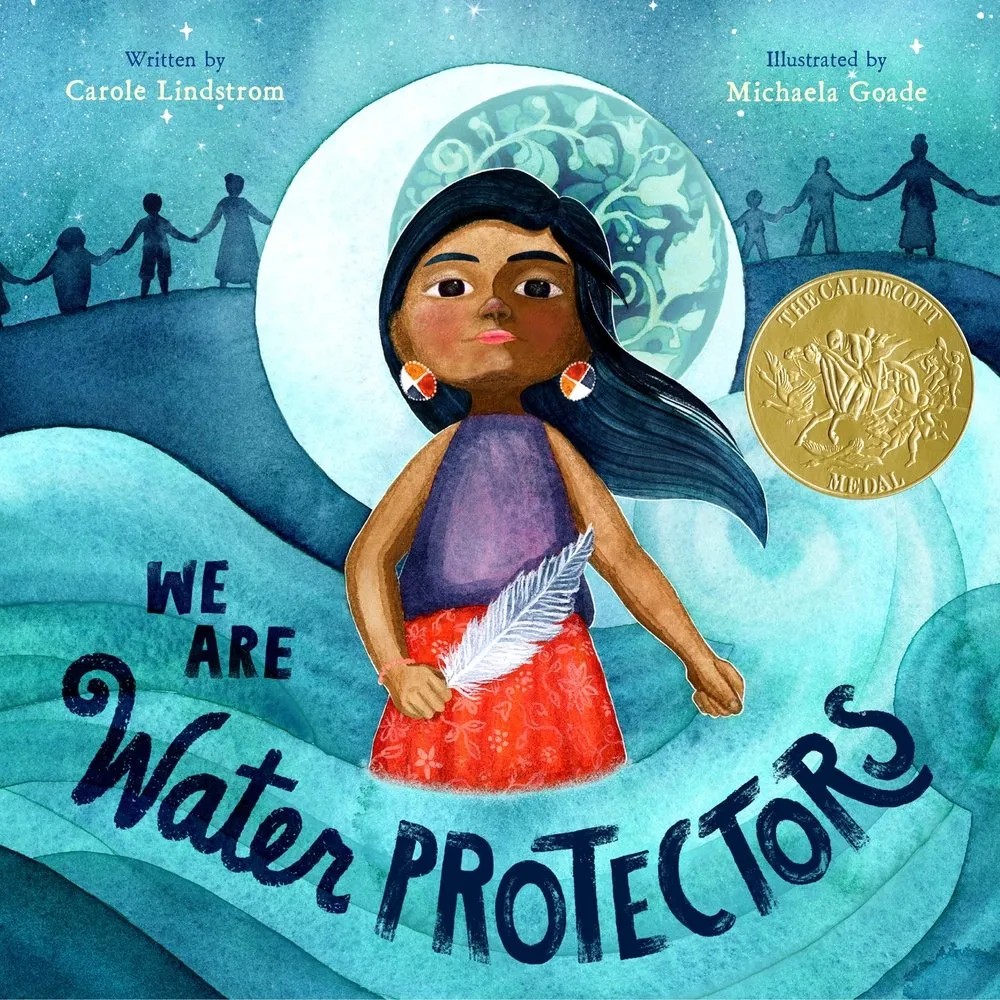Over the past 150 years, picture books have undergone significant transformations. What began as a niche genre has evolved into a vibrant and diverse medium that continues to captivate readers of all ages. The early pioneers of picture books, such as Beatrix Potter and Little Golden Books, were instrumental in making them accessible to a wider audience. By experimenting with format and price point, they paved the way for future generations of creators.
Margaret Wise Brown’s innovative storytelling and childlike language helped bridge the gap between children’s experiences and the illustrations that brought them to life. As the genre gained momentum, influential picture books like Maurice Sendak’s works began to garner recognition as a legitimate art form. This shift not only attracted new talent but also encouraged writers and illustrators to push boundaries and explore fresh themes. The likes of Dr.
Seuss and Ed Young further expanded the possibilities of language and storytelling in picture books. The inclusion of diverse voices and perspectives has been a significant development in recent years. Illustrators like John Steptoe, Julius Lester, and Jerry Pinkney have made invaluable contributions to the genre by sharing their unique experiences and cultural backgrounds.
Their work not only enriches the diversity of picture books but also provides a mirror for young readers to see themselves reflected. The enduring appeal of classic picture books is undeniable, with many families passing them down through generations. However, it’s equally essential to acknowledge the important role that contemporary creators continue to play in shaping the genre.
From innovative storytelling to bold illustrations, they are helping to ensure that picture books remain a vital part of childhood literacy and imagination.
The House That Jack Built by Randolph Caldecott (1878)
Edmund Evans, a British printer and engraver, turned to renowned illustrator Randolph Caldecott in 1877 with a unique proposition: create two toy books for the Christmas season. Caldecott’s creative output was sparked, and he set about illustrating ‘The House That Jack Built’, a popular nursery rhyme at the time. This collaboration marked an important milestone – one of the earliest instances where the illustrations took center stage in a 36-page book.
The book’s resounding success paved the way for Caldecott to become a prolific illustrator, producing two picture books every Christmas thereafter. His influence was so profound that the American Library Association established the Caldecott Medal in 1937, an annual award recognizing the most distinguished American picture book for children.
The Tale of Peter Rabbit by Beatrix Potter (1902)
Beatrix Potter’s journey as an author began with the publication of her illustrated story about a mischievous rabbit named Peter Rabbit, who sneaks into a farmer’s garden despite being rejected by numerous publishers. The book’s success eventually grew, and its small size made it appealing to children. What’s more, Peter Rabbit was a character that kids could easily relate to, making him an instant favorite.
Interestingly, Peter Rabbit also holds the distinction of being one of the first characters to be mechanized, with Potter patenting a stuffed animal version in 1903. This marked the beginning of a prolific writing career for Potter, who would go on to write 23 more stories set within the world of Peter Rabbit.
Pat the Bunny by Dorothy Kunhardt (1940)
In the world of baby-friendly literature, ‘Pat the Bunny’ stands out as a pioneering work that revolutionized the way young readers engage with stories. This groundbreaking picture book, crafted by Kunhardt, was initially designed for her three-year-old daughter Edith. Fast forward to Edith’s own literary endeavors, she went on to pen several sequels inspired by her mother’s original creation.
Considered the first interactive book of its kind, ‘Pat the Bunny’ has left an indelible mark on the world of children’s literature, paving the way for future generations of readers and writers alike.
The Poky Little Puppy by Janette Sebring Lowrey, Illustrated by Gustaf Tenggren. (1942)
This iconic Little Golden Book holds the distinction of being one of the first in the series, with Publishers Weekly proclaiming it the best-selling picture book of all time. The accessibility of these books at a mere 25 cents compared to other picture books priced at $1.50 made them a staple in many middle-class and low-income households.
The story follows a relatable narrative of a puppy who is slower and more easily distracted than his siblings, often finding himself both rewarded and getting into trouble as a result. In the final scene, the puppy’s tardiness results in missing out on his favorite strawberry shortcake, which has been devoured by his brothers and sisters.
Goodnight Moon by Margaret Wise Brown, illustrated by Clement Hurd (1947)
One classic picture book that has stood the test of time is a rhyming tale about a bunny’s bedtime routine, where it says goodnight to various objects in its bedroom. Released during an era when fantasy and fairy tales dominated children’s literature, this book bucked the trend by focusing on everyday life. Author Brown, who was also a teacher, recognized that kids are more drawn to stories that mirror their own experiences.
The book’s rhythm and repetition are reminiscent of how young children communicate, making it relatable and accessible. While it may seem mundane or unremarkable to adult readers, the story has been a beloved favorite among children for generations. Moreover, its soothing cadence is a natural sleep aid, helping kids drift off to dreamland.
Eloise by Kay Thompson, illustrated by Hillary Knight (1955)
In the heart of New York City’s Plaza Hotel, Eloise, a spirited young girl, resides on the top floor with her trusty companions – her nanny, pug dog, and pet turtle. This beloved children’s book dares to defy conventional storytelling norms by presenting Eloise in all her spoiled, messy, and mischievous glory.
Unlike traditional tales that aim to teach valuable lessons or promote good behavior, this story celebrates Eloise’s imperfections, making her all the more endearing to readers as she embarks on thrilling escapades within her luxurious hotel surroundings.
The Cat in the Hat by Dr. Seuss (1957)
Theodore Geisel’s ‘One Fish Two Fish Red Fish Blue Fish’ was designed to revolutionize the way children learn to read, offering a more engaging and effective alternative to traditional early readers like Dick and Jane. This innovative approach led to the creation of a story where a mischievous cat donning a hat brings chaos into the home of two children whose mother is away.
Joined by Thing One and Thing Two, the feline troublemaker sets about dismantling the house, leaving the youngsters – along with their pet fish – in awe of the destruction. The book’s instant success marked a turning point in how reading was taught in the United States, as Geisel himself proudly noted: ‘It is the book I’m proudest of because it had something to do with the death of the Dick and Jane primers.
‘ Throughout his illustrious career, Geisel penned over 60 picture books that have sold an astonishing 600 million copies, cementing his status as a beloved and best-selling author in the world of children’s literature. However, Geisel’s work has also been criticized for its inclusion of harmful racial depictions in six of his books.
Where the Wild Things Are by Maurice Sendak (1963)
Despite being a Caldecott Award winner, Maurice Sendak’s iconic tale of Max in a wolf suit faced controversy upon its initial release. The story’s exploration of anger and darkness led many schools and libraries to ban the book, deeming it too intense for young minds. However, the narrative’s underlying themes of self-discovery and the power of imagination resonated with readers.
Max’s journey from his room-turned-jungle to a realm of Wild Things, where he finds camaraderie and leadership, has become an enduring classic. The four-year battle Sendak faced in convincing his publishers to release this picture book ultimately proved worthwhile, as ‘Where the Wild Things Are’ has continued to captivate audiences for generations.
The Emperor and the Kite by Jane Yolen, illustrated by Ed Young (1967)
The Very Hungry Caterpillar by Eric Carle (1969)
Eric Carle’s third book, ‘The Very Hungry Caterpillar’, boasts a straightforward narrative. The story unfolds through vibrant collage illustrations, introducing young readers to a caterpillar that indulges in a diverse array of foods before transforming into a butterfly within a chrysalis.
The tale is cleverly constructed to facilitate easy memorization and also imparts fundamental concepts such as counting and days of the week, while delving into the fascinating science behind a butterfly’s lifecycle.
Interestingly, Carle collaborated on over 70 books during his illustrious career, but ‘The Very Hungry Caterpillar’ stands out as one of the most enduringly popular picture books, having sold an astonishing 50 million copies and remaining a timeless favorite for over five decades since its initial release.
Topsy-Turvies: Pictures to Stretch the Imagination by Mitsumasa Anno (1970)
In the 1970 publication of Japanese author-illustrator Taro Yashiro’s work, a world of whimsical elves living within the realm of optical illusions was introduced to American readers. This wordless story features intricate illustrations that invite children to spend hours exploring and deciphering its secrets. While lacking verbal cues, Anno’s books consistently employ simplicity to convey fundamental concepts to young minds.
‘Anno’s Book’ strikes a delightful balance between humor and visual appeal, while also sparking engagement with core ideas like directionality, spatial awareness, and gravity – all through the power of imaginative illustrations.
Everyone Poops by Tarō Gomi (1977)
In 1977, a Japanese publication made its way to international shelves, sparking a global phenomenon. Initially published in Japan under the same title, it was later translated into English by Amanda Mayer Stinchecum and released in the United States during the early 1990s. This unapologetic bestseller effortlessly blends scientific accuracy with irreverent humor, making it an unforgettable read for both children and adults.
The book’s unique charm stems from its straightforward approach to a universal topic: everyone poops. By illustrating the elimination processes of various animals, including humans at different stages of life, this groundbreaking publication aims to demystify human biology and instill body positivity in young readers.
Mufaro’s Beautiful Daughters: An African Tale by John Steptoe (1987)
John Steptoe’s debut publication, Stevie and Me, caused a significant stir in the American picture book industry when it emerged in 1969. The book’s impact was further amplified by its appearance on Sesame Street and full publication in Life Magazine, with the magazine praising it as ‘a new kind of book for black children.’ However, it was his 1987 retelling of an African folk tale that cemented Steptoe’s legacy.
His aim in sharing the story of two sisters embarking on a journey to marry a shapeshifter king was to instill pride and interest in African American heritage among young readers. This goal was achieved as the book earned prestigious honors, including Caldecott Honor Book and Coretta Scott King Award, ultimately contributing to the development of more diverse lesson plans and classroom libraries in schools.
Heather Has Two Mommies by Lesléa Newman, illustrated by Diana Souza (1989)
Chicka Chicka Boom Boom by Bill Martin Jr. and John Archambault, illustrated by Lois Ehlert (1989)
In this charming rhyming book, the alphabet takes on human-like qualities as letters come to life. The story begins with lowercase letters scaling a coconut tree, causing it to tilt precariously until they all tumble out. Enter the uppercase letters, who arrive to lend a helping hand. This playful approach to learning the alphabet is infused with rhythm and humor, making it an engaging read-aloud experience.
A recurring refrain of nonsensical phrases like ‘Chicka Chicka Boom Boom’ adds to the song-like quality, evoking the sense that this book is meant to be sung along to. In fact, a music album titled ‘Chicka Chicka Boom Boom and Other Coconutty Songs’ was even released in 1992 by John Archambault, further solidifying the book’s musical appeal.
John Henry by Julius Lester, illustrated by Jerry Pinkney (1994)
Julius Lester and Jerry Pinkney are renowned children’s book creators who dedicated themselves to telling stories that accurately represented Black characters. Their collaborative work breathed new life into the American legend of John Henry, a freedman who engaged in an exhilarating race against a steam-powered drill using only his trusty hammer.
What’s more, this project joined a long list of their endeavors aimed at rectifying the dearth of authentic representations of Black Americans and Africans in published works by predominantly white authors. The resulting book, John Henry, garnered impressive accolades, including a Caldecott Honor Book award and a Horn Picture Book Award, with an added bonus of being adapted into a short film narrated by none other than Samuel L. Jackson.
The Other Side by Jacqueline Woodson, illustrated by E.B. Lewis (2001)
In a vibrant picture book that tackles racism in a way accessible to young readers, Clover – a Black girl – takes center stage. Told never to cross the town’s segregating fence, she notices a lonely white girl sitting on the other side. With neither allowed to cross, they creatively find common ground by perching atop the fence, forming an unlikely friendship that transcends physical boundaries.
Dragons Love Tacos by Adam Rubin, illustrated by Daniel Salmieri (2012)
In a whimsical tale, a young boy’s enthusiasm for hosting a dragon party knows no bounds. As he meticulously prepares the menu, tacos take center stage, a clear nod to his scaly guests’ discerning palates. However, things quickly spiral out of control when an innocent mistake results in the serving of sizzling hot salsa, sending the dragons into a frenzy of fiery proportions.
This lighthearted anecdote not only exemplifies the enduring popularity of picture books but also showcases their capacity to cleverly balance humor and charm, captivating both children and adults alike.
The Adventures of Beekle: The Unimaginary Friend by Dan Santat (2014)
Beekle’s story begins on an island where imaginary friends dwell until they’re selected by a real child. However, when no one chooses him, he sets out to find a friend in the city. But little did he know, the world beyond his island was far more intimidating than he had ever imagined. As Beekle navigates this unfamiliar landscape, he finds himself at his most vulnerable point. It is here that he discovers his truest companion and receives his one-of-a-kind name.
Beyond its Caldecott award-winning status, this book places a strong emphasis on social-emotional learning, particularly exploring complex emotions like sadness, loneliness, and fear.
We Are Water Protectors by Carole Lindstrom, illustrated by Michaela Goade (2020)
The book pays tribute to numerous Indigenous-led environmental movements across North America by weaving a powerful narrative around an Ojibwe girl’s courageous stand against an oil pipeline’s construction. Through its poetic text, it makes a compelling case for safeguarding the planet’s vital resources – specifically water – by sharing this young protagonist’s story.
Notably, the book has earned widespread acclaim, with five-starred reviews from prominent trade publications, and Goade became the first Indigenous recipient of the prestigious Caldecott Medal.

